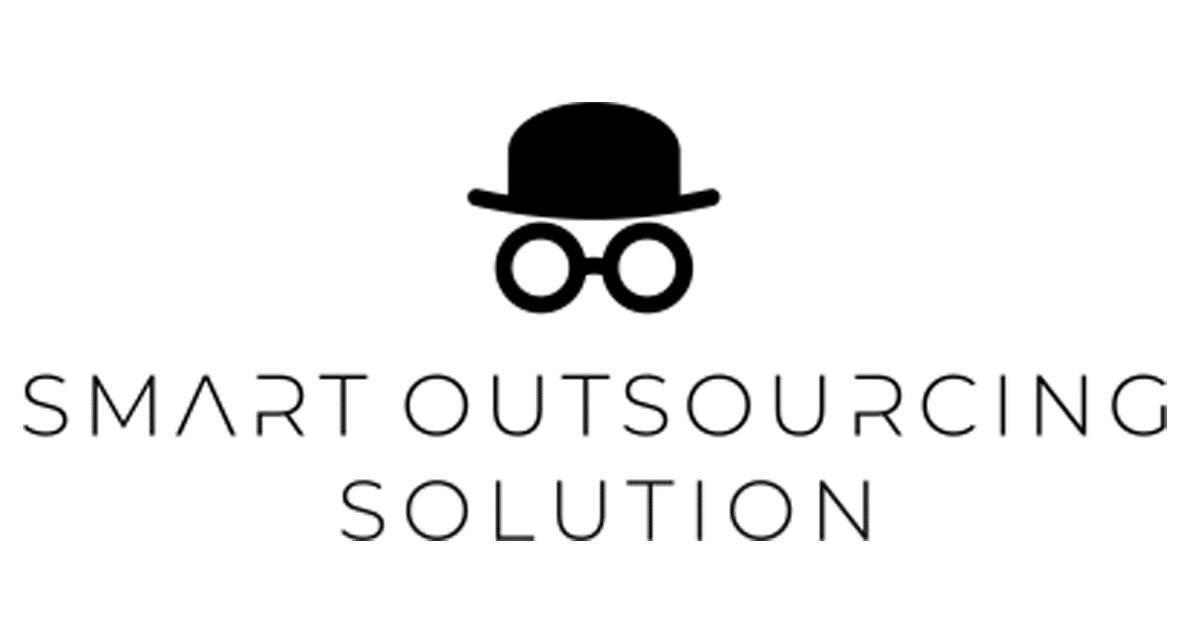Can an Employer of Record Sponsor Work Visas in the Philippines? (AEP / 9(g) Permit Guide for 2025)
Author: Phil Murphy — COO & Founding Partner
Published: November 5, 2025
Updated: November 5, 2025
TL;DR
- Yes — an Employer of Record (EOR) in the Philippines can sponsor a foreign employee if the EOR’s Philippine entity is the legal employer/petitioner. The usual path is: get an Alien Employment Permit (AEP) from DOLE, then file the 9(g) Pre-arranged Employment Visa with the Bureau of Immigration.
- Short-term coverage: use a Provisional Work Permit (PWP) while the 9(g) is pending, or a Special Work Permit (SWP) for short assignments (generally 3–6 months), if eligible.
- If your company has no Philippine entity, only the EOR’s PH entity can petition for the 9(g). If you do have a PH entity, you can choose to petition directly or continue to let the EOR petition.
Who this is for
Founders, HR/People Ops, and mobility/legal teams who need a crisp, practical answer on whether an EOR can lawfully sponsor visas in the Philippines, and a step-by-step on permits, timelines, and documents.
1) Work authorization map (what each permit does)
- AEP (Alien Employment Permit) — DOLE permit stating a foreign national may fill a role. Typically secured before the work visa.
- 9(g) Pre-arranged Employment Visa — long-term work/residence authorization issued by the Bureau of Immigration (often 1 year initial, extendable). The petitioning employer must be Philippine-based.
- PWP (Provisional Work Permit) — temporary permission to work while a 9(g) is being processed.
- SWP (Special Work Permit) — short-term permission to work (usually up to six months total) for specific assignments.
2) Can your EOR sponsor? The conditions
Your EOR can sponsor a foreign employee when all of the following are true:
- The EOR’s Philippine entity signs the PH employment contract with the employee.
- The EOR (as employer/petitioner) secures the AEP, then files the 9(g) with BI.
- The EOR submits the full corporate packet (registrations, petition letter) plus employee requirements (passport, photos, CV/quals, etc.).
If your own company has no PH corporation, you cannot be the petitioner for a 9(g); the EOR must sponsor. If you do have a PH corporation, you may choose to sponsor directly or continue using the EOR.
3) Typical timelines and validity (what to expect)
- AEP: required for most 9(g) cases; filing windows and publication rules are set by current DOLE regulations.
- 9(g): processing time varies; validity is commonly 1 year initial, with extensions possible up to 3 years, aligned to the employment contract.
- PWP: generally valid while the 9(g) is pending (issued in short increments).
- SWP: 3 months initial, extendable to 6 months maximum for short assignments (if the role qualifies).
4) Which sponsor path fits your situation?
| Situation | EOR as Petitioner | Your PH Entity as Petitioner | Notes |
| You have no PH corporation | Yes (EOR hires and petitions) | N/A | Only a PH-based employer can petition for 9(g). |
| You do have a PH corporation | Optional | Yes | Choose based on control, speed, and admin capacity. |
| Short-term assignment (≤ 6 months) | SWP (if eligible) | SWP (if eligible) | SWP is not a long-term employment solution. |
| Need to start work before 9(g) approval | PWP under EOR | PWP under your entity | PWP bridges the start date while 9(g) is processing. |
5) Step-by-step: AEP → 9(g) with optional PWP/SWP
- Confirm the petitioner. Decide if the EOR’s PH entity or your PH corporation will be the legal employer and visa petitioner.
- File AEP with DOLE. Submit corporate and job details; obtain the AEP card/approval.
- Bridge the start date (optional). If the employee must start immediately, file a PWP. For short-term roles, consider SWP instead of 9(g) if eligible.
- File 9(g) with BI. Submit AEP, corporate documents, employment contract, and the employee’s personal documents.
- After approval. Align payroll, payslips, and statutory remittances; keep a monthly proof pack (PRNs/receipts, bank confirmations) for audit.
6) Document checklist (high-level)
- Corporate (petitioner): SEC/BIR certificates, permits, latest GIS, petition letter.
- Employment/AEP: signed PH employment contract, role description, AEP approval/card.
- Employee: passport, photos, CV/qualifications, clearances as required.
- Stop-gaps: PWP (while 9(g) is pending) or SWP (short-term), if applicable.
7) Pitfalls that cause delays or denials
- Listing a non-Philippine entity as the petitioner for a 9(g).
- Skipping AEP before filing the 9(g).
- Weak payroll compliance after visa issuance (missing PRNs, late statutory remittances) that creates audit exposure.
FAQ — EOR and work authorization in the Philippines
Can an EOR file the AEP?
Yes, provided the EOR is the employer in the Philippine contract. The AEP typically precedes the 9(g).
Do we need a PWP if the employee must start right away?
Yes. The PWP allows the employee to work while the 9(g) is pending.
Is an SWP enough for ongoing employment?
No. The SWP is short-term (up to six months). Long-term roles generally require AEP + 9(g).
Who should petition if we already have a PH entity?
Either can. Use your own entity for maximum control or keep the EOR as petitioner for simplicity and speed.
How long is a 9(g) valid?
Often 1 year initial, extendable in 1–3 year increments depending on the contract and approvals.
Related resources
- Employer of Record — Philippines Guide
- EOR Pricing Philippines 2025 (TCO & all-in)
- Payroll Compliance Proof Pack (payslips, PRNs, 13th-month)
- Switch EOR Providers in 30 Days (zero-error cut-over)
Get an EOR-sponsored visa plan (within 24 hours)
- Fit-check: EOR vs your PH entity as petitioner
- Draft AEP/9(g) document list and a realistic timeline
- PWP/SWP decisioning to match your start date
Email info@smartoutsourcingsolution.com to get started or send us a message here.
Sources
- Bureau of Immigration — 9(g) overview and validity/processing FAQ. Bureau of Immigration Philippines
- Bureau of Immigration — Special Work Permit (SWP) page (3–6 months scope). Bureau of Immigration Philippines
- Bureau of Immigration — Provisional Work Permit (PWP) page (issued while 9(g) is pending). Bureau of Immigration Philippines
- DFA Philippine Consulates — 9(g) petition must be filed by an employer/sponsor in the Philippines. guangzhoupcg.dfa.gov.ph
- DOLE AEP framework — baseline rules on AEP requirement (superseded in parts by newer guidance). E-Library
- DOLE new rules summary — Department Order No. 248 (2025) overview and key changes to AEP filing windows and tests (labor market/economic needs). insightplus.bakermckenzie.com+2accralaw.com



